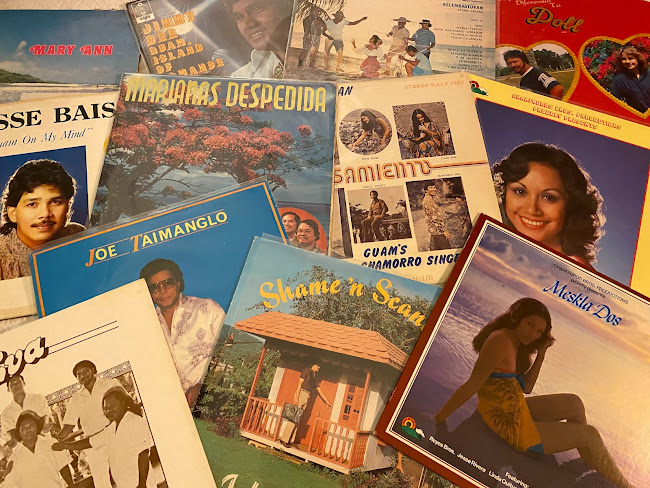Aye na Påtgon

When I first listened to this song more than 20 years ago, gi hinasso-ku gof na'chalek, lao ti hu komprende i tinahdong-ña gi kostumbren Chamoru. I was not aware when I first listened and translated to it, how much deeper the meaning is beyond the silly things described in the lyrics. This song "Aye na Påtgon" from Johnny Sablan's album "My Marianas" describes a father taking his son to the ranch to try to teach him some basic life skills. But for everything that he tells his son to do, his son does something different and sometimes nonsensically, as well as all around gago'. For instance he tells his son to boil the papaya and the coconut and instead his son goes to pick berries. He tells his son to go collect firewood but he doesn't actually come back until all the cooking is done. The lyrics are silly and more about sounding fun or funny than actually depicting something real. But when I was younger I never connected this song to earlier

